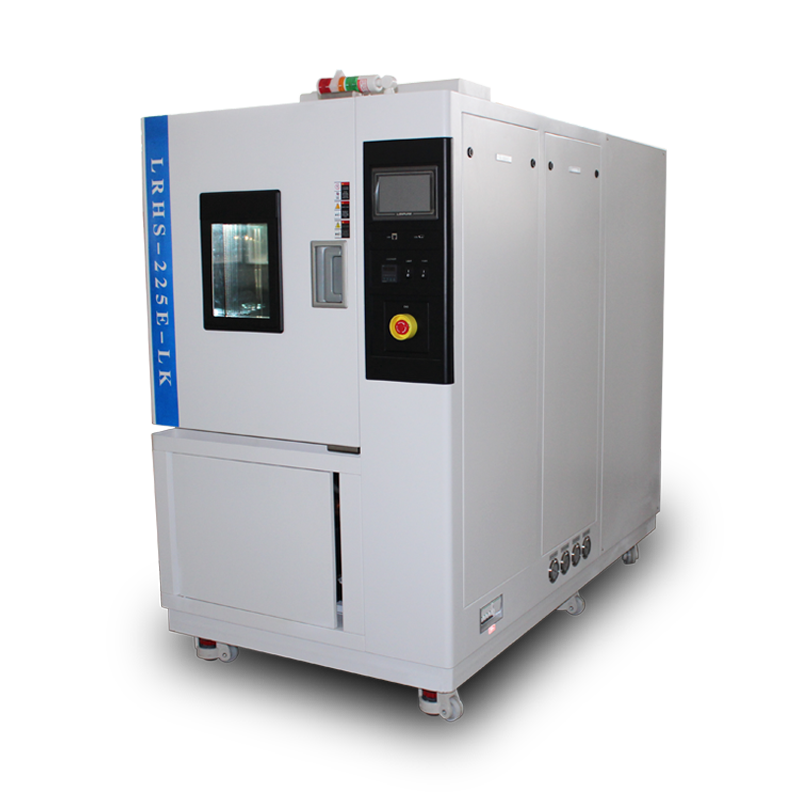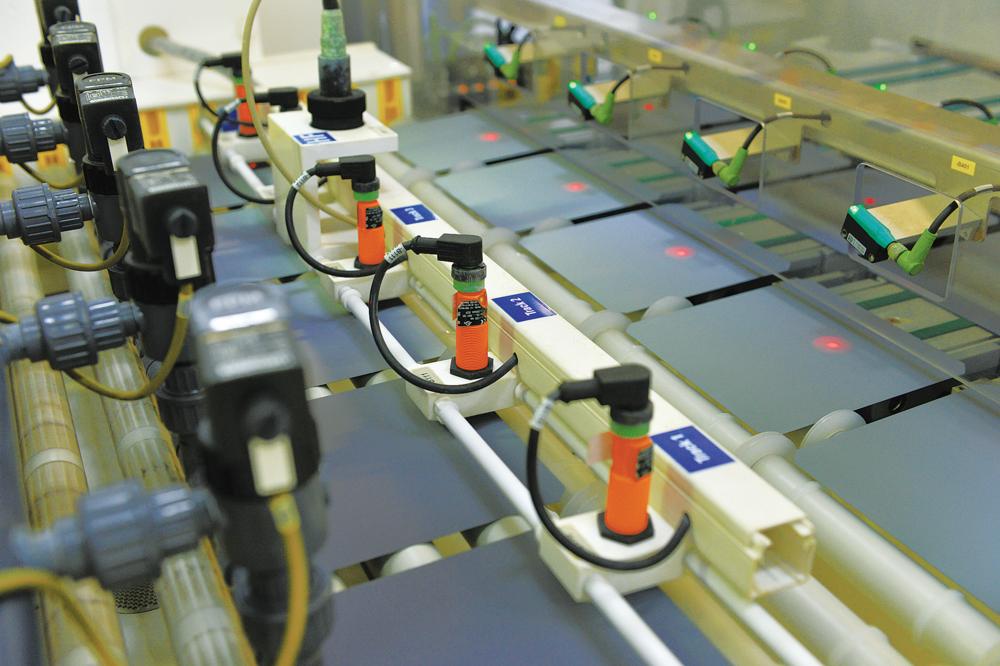The rapid temperature change test chamber is a widely used experimental device in industries such as materials, electronics, automotive, and aerospace. It is primarily used to test the performance and reliability of products under extreme temperature variations. Below, we will introduce its main applications, working principles, and fields of use.
1. Main Applications
The rapid temperature change test chamber is mainly used for:
-
Environmental Adaptability Testing: Evaluates the performance of materials and products under rapid temperature fluctuations, helping R&D teams understand how products adapt to different environmental conditions.
-
Reliability Testing: Simulates real-world temperature variations to assess product reliability and stability under extreme conditions.
-
Lifetime Prediction: Uses accelerated aging tests to predict product lifespan, providing data for design improvements.
-
Quality Control: During production, the chamber can perform sampling tests to ensure products meet quality standards.

2. Working Principle
The rapid temperature change test chamber typically employs high-efficiency cooling and heating systems to achieve drastic temperature shifts in a short time. Its working principles include:
-
Temperature Control System: Equipped with precise temperature regulation, allowing rapid heating or cooling—often transitioning between extreme temperatures in minutes.
-
Airflow Circulation System: Features powerful fans to ensure uniform temperature distribution by circulating hot or cold air around test samples.
-
Data Recording & Analysis: Modern chambers include real-time monitoring and data logging systems for temperature changes, facilitating post-test analysis.
3. Key Industries
The rapid temperature change test chamber is vital in multiple sectors, including:
-
Electronics: Tests electronic components and PCBs for performance and failure modes under temperature shifts, ensuring reliability in diverse environments.
-
Automotive: Assesses the durability of auto parts under extreme temperature cycles, guaranteeing safety and reliability across climates.
-
Aerospace: Subjects aircraft and spacecraft materials/components to rigorous temperature tests to ensure safety and functionality in space conditions.
-
Material Science: Studies the physical/chemical properties of new materials under extreme temperatures, advancing material R&D.
The rapid temperature change test chamber is an indispensable tool in modern product development and quality control. By subjecting products to harsh temperature tests, it helps enhance reliability, durability, and market competitiveness while reducing failure rates. As technology evolves and demand grows, its applications will continue to expand.













